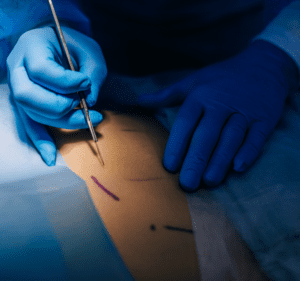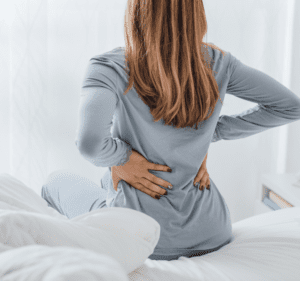
What to Know About Recovering from Spinal Fusion Surgery
Recovering after spinal fusion surgery—a procedure in which two or more vertebrae are permanently joined into one solid bone—can be a challenging process if not approached correctly. Fortunately, your spine surgeon will provide you with specific instructions that will help make the postoperative period a bit more comfortable. Even more importantly, your surgeon’s recommendations will help protect the long-term success of your back, spine, and neck. From postoperative activity recommendations to the warning signs that warrant a call to your spine surgeon, here’s everything you need to know following your spinal fusion surgery. What’s the Average Recovery Time After Spinal Fusion Surgery? A procedure of this nature can typically take anywhere from three to six months to fully heal, including the various types of physical therapy that each patient must undergo. The road to spinal fusion recovery usually evolves in this way: Postoperative care in the hospital: The period of rehabilitation in the hospital normally lasts between two and five days. Recovery at home: Once at home, you’ll likely spend the first four weeks resting and beginning to reintroduce various movements back into your regular routine. The rest of your recovery time will likely be spent performing physical therapy and resuming more demanding activities. Physical therapy: After about four weeks of rest and recovery, you’ll begin physical therapy. This typically lasts about three months and helps you increase the range of motion and strength in your back and surrounding muscles. Every recovery timetable is different, but in any case, it’s important to understand that the recovery process will be lengthy. Your age, overall health, and physical condition affect how quickly you’ll heal and be able to return to your usual activities. You’ll be feeling slightly better every week after the surgery and likely make a full recovery after three to six months. What Can You Expect Just After Spinal Fusion Surgery? After your procedure, you can expect to stay in the hospital for between two and five days depending on your recovery and post-surgical abilities, health, and activities. Before you’re cleared to go home, you’ll need to be able to control your pain, get up and walk on your own, and empty your bladder. If you’re struggling to perform any of these basic functions after your spinal fusion surgery, you may need to stay in the hospital a bit longer. You may also be sent home with a walker or other home equipment depending on your physical capabilities after the procedure. A physical therapist can help you learn how to use proper body mechanics. One technique you may practice is “log rolling,” meaning that you keep your back straight and avoid twisting when rolling from side to side and onto your back. This is important to do when changing positions or getting out of bed to avoid further damaging your back, spine, and neck. How Can You Take Care of Yourself at Home Following Spinal Fusion Surgery? Once you get home after the spinal fusion surgery, it’s not uncommon to


